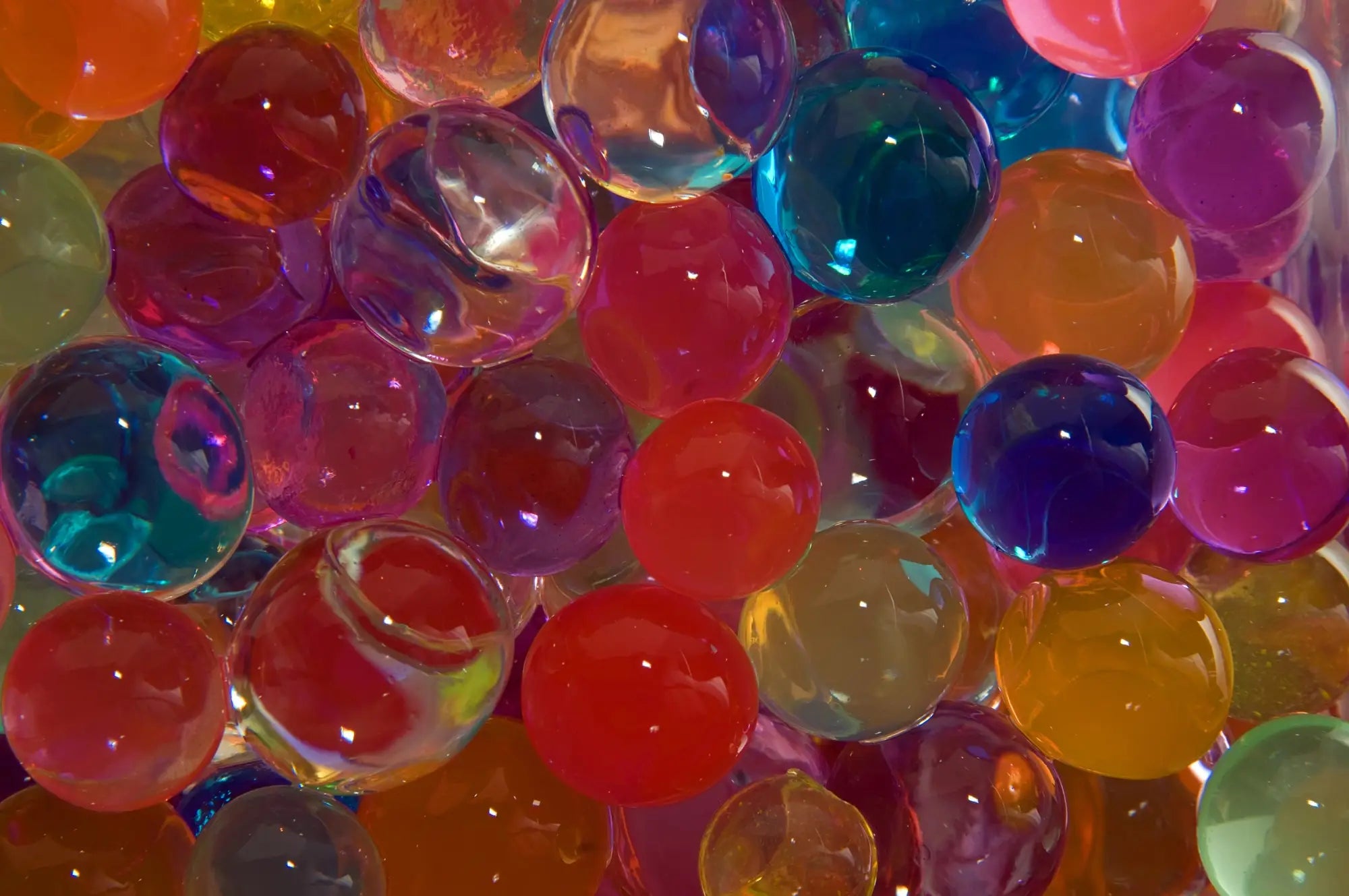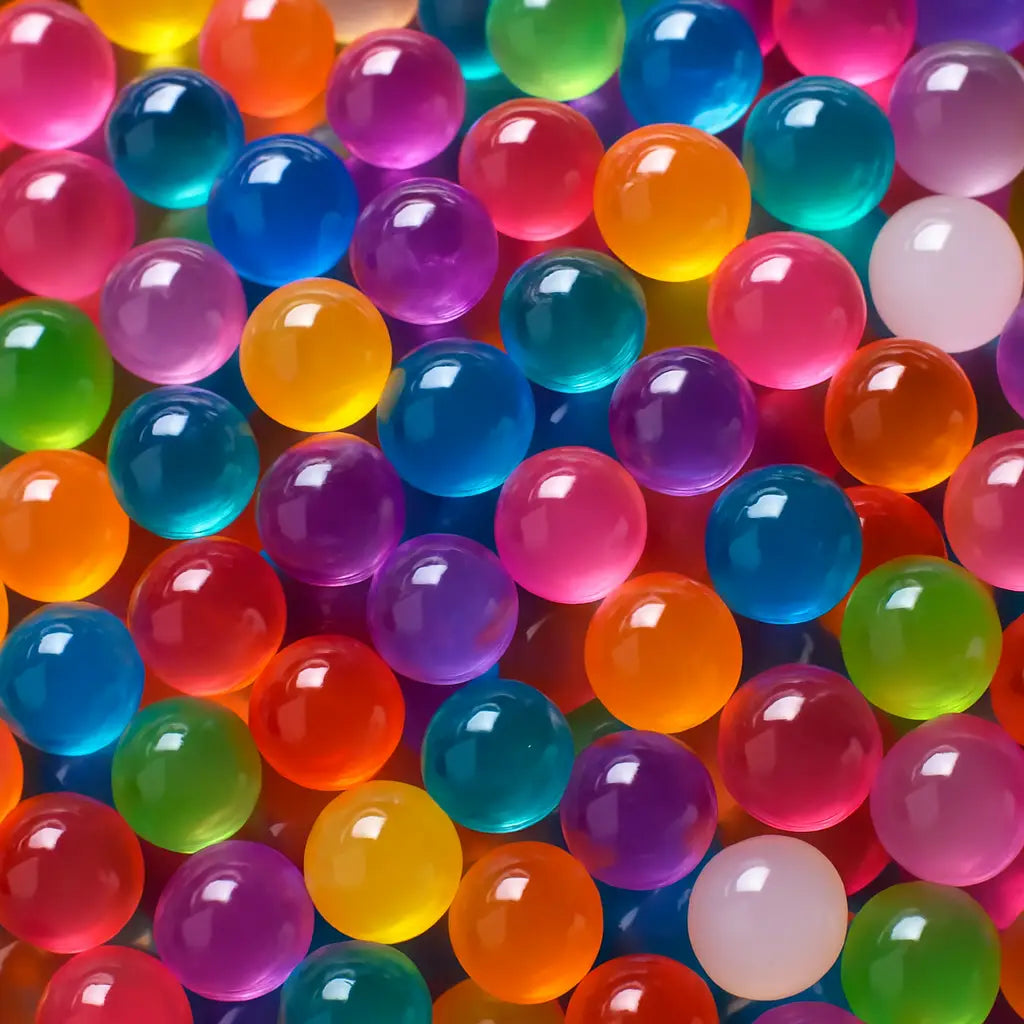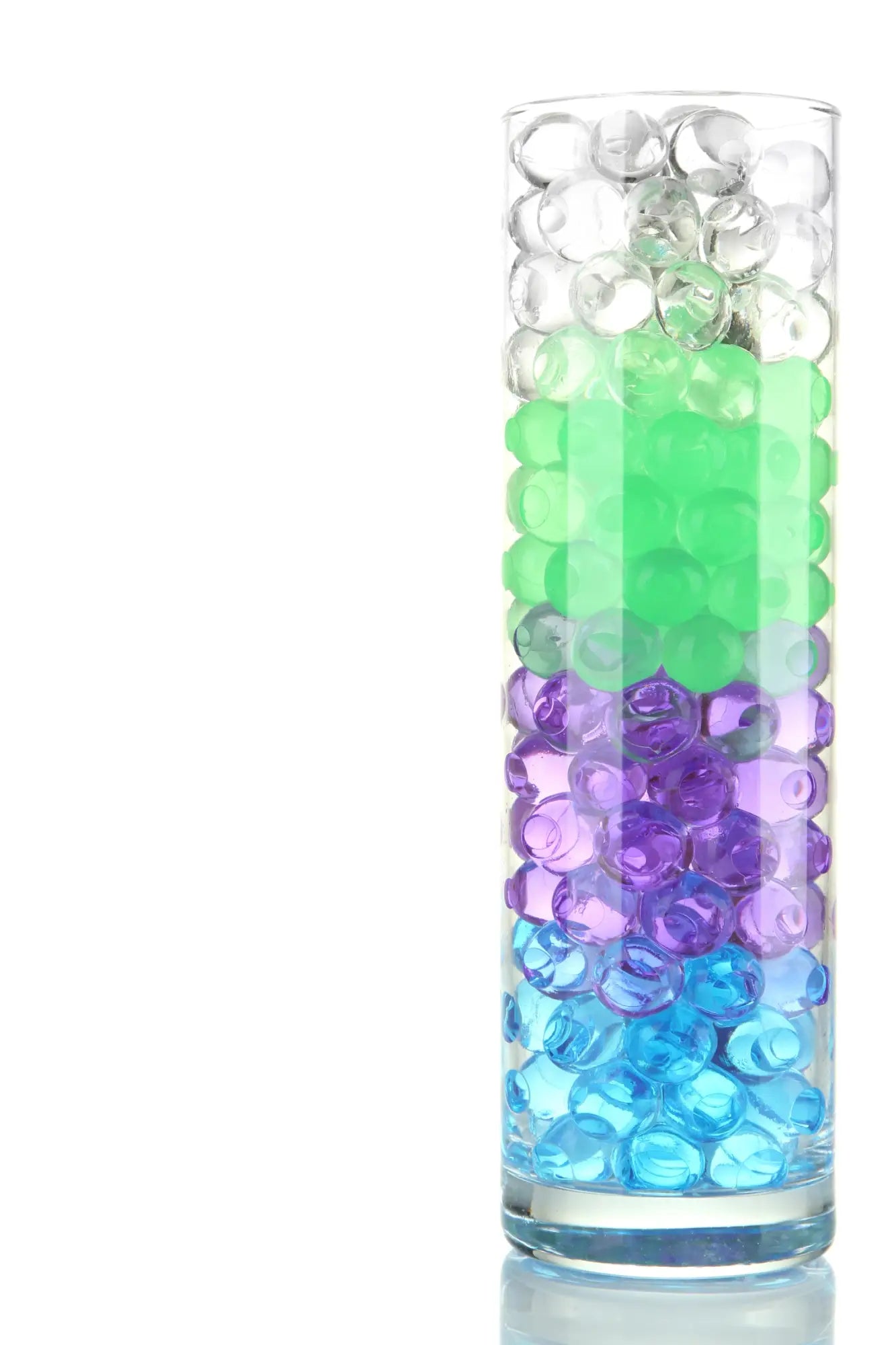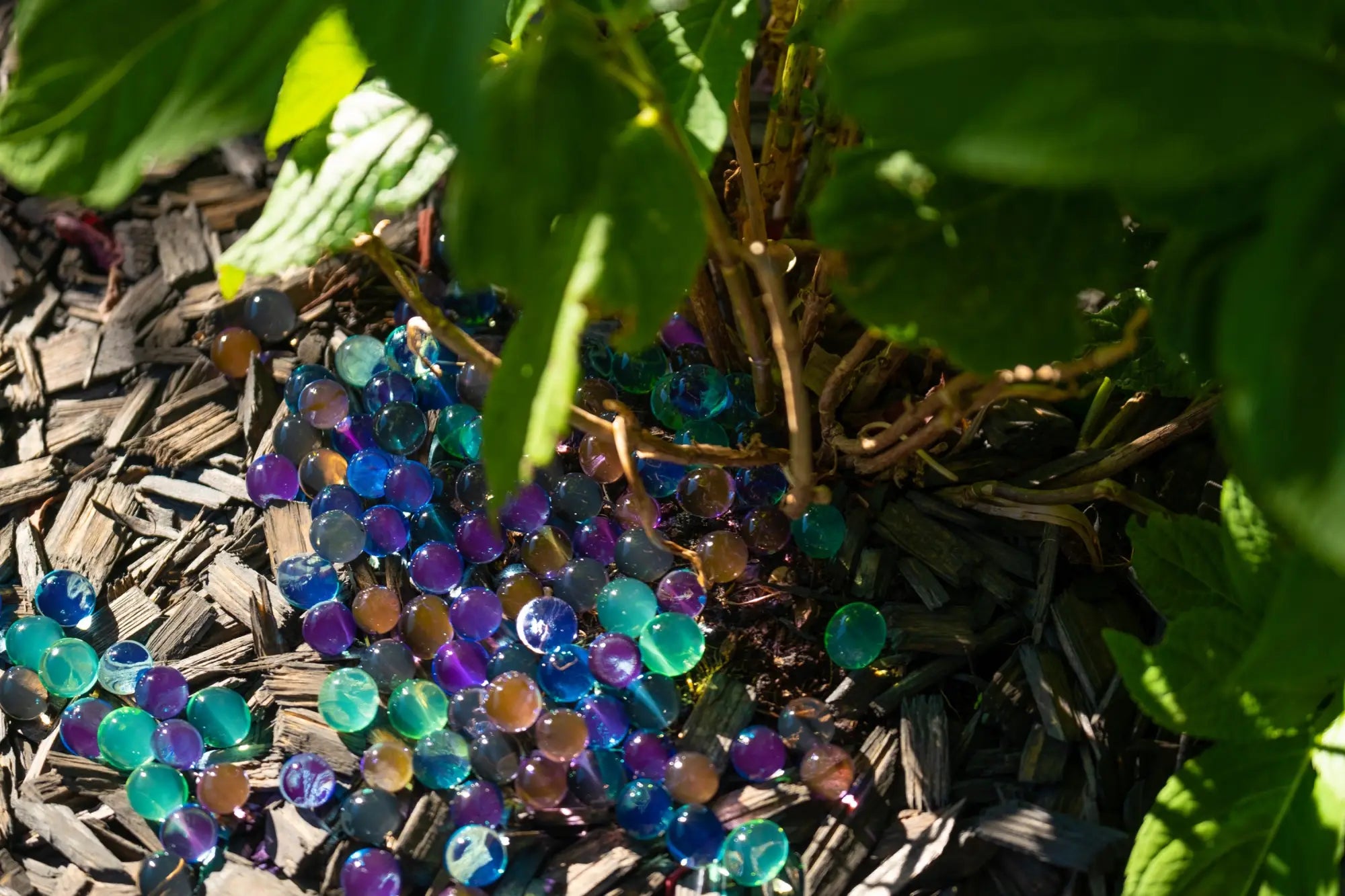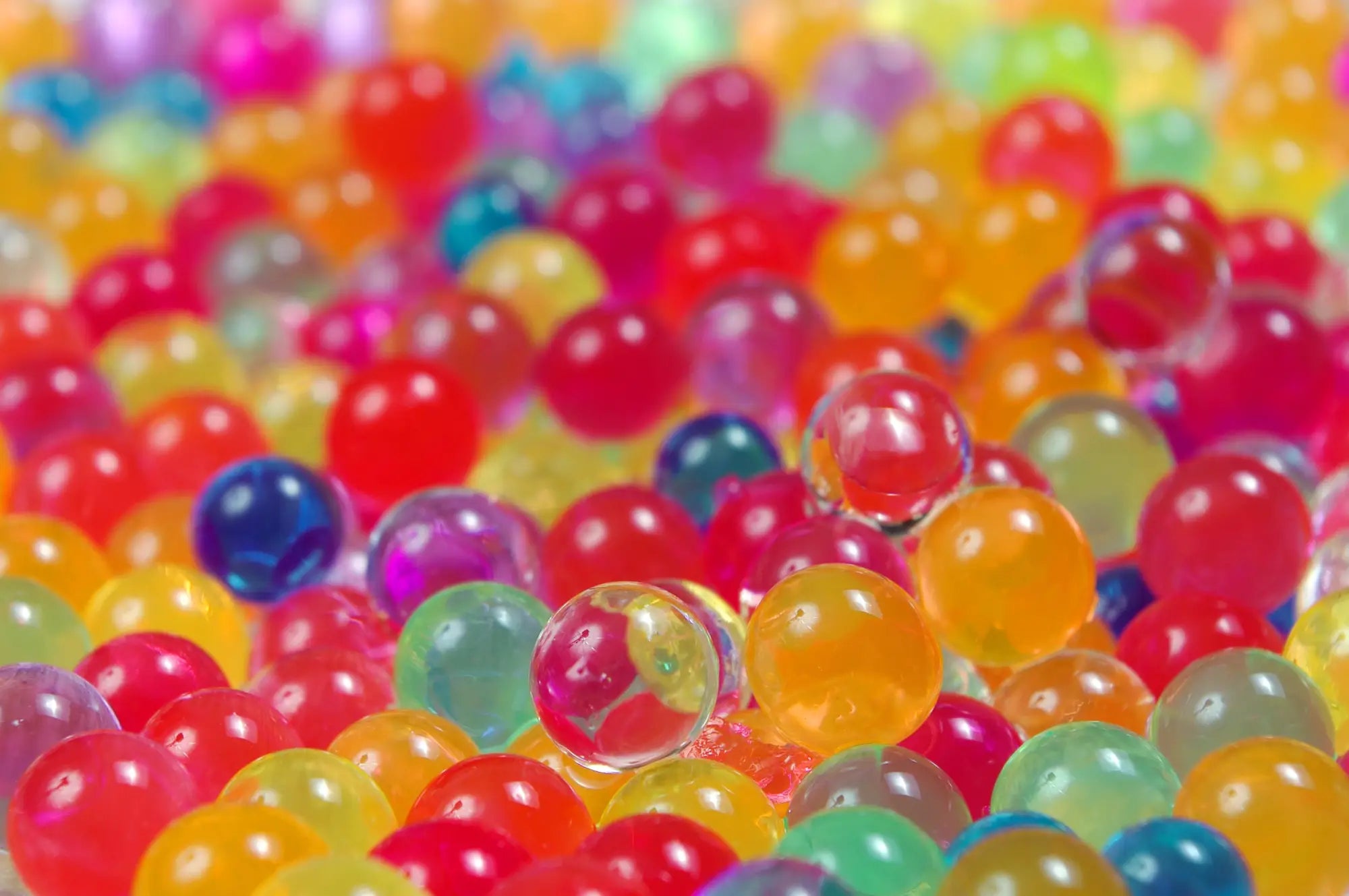Water beads are increasingly becoming popular due to their tremendous benefits. They can be used for hydrating plants, decorating, and sensory play. Made of a super absorbent polymer, water beads can absorb water and increase many times their original size.
One of the key aspects of using water beads is proper preservation. There are two main methods of preserving water beads: dehydrating and freezing. Each method has its advantages and disadvantages, and in this blog, we’ll discuss them in detail to help you understand how they work so you can make a better decision.
Benefits of Preserving Water Beads
There are many good reasons for preserving your water beads. Whether you’ve just bought them or you’re looking to dry some used beads for later use, ensuring that they are properly preserved is crucial. Here are the main advantages of preserving your water beads.
Extends their lifespan – Preserving the water beads prolongs their lifespan, allowing you to use them for a longer period of time. By preserving the water beads, you’re essentially protecting them from factors that can degrade or break them.
Maintains their integrity – Water beads that have been properly preserved maintain their texture, shape, and firmness. This is particularly important for projects that require the beads to be in the best condition possible.
Saves you money – When you preserve beads, you can use them at a later date, eliminating the need to purchase new ones.
Preserving Water Beads: Dehydrate or Freeze?
As earlier mentioned, there are two methods of preserving water beads. Below, we give an overview of both methods to help you understand better.
Water beads dehydration
Water beads have excellent water retention capability, but when left on their own, they lose water gradually, shrinking to their original size. This makes it possible to reuse them. They can then be rehydrated and reused for sensory play, growing plants, or decoration.
Water beads freezing
Can you free water beads? This is pretty common questions people ask. Freezing is another effective way of preserving water beads for future use. This procedure prevents the beads from losing their shape and it's particularly useful if you have a huge amount of beads that need preserving.
So, should you dehydrate or freeze water beads? Let’s take a closer look at the two methods to help you make an informed decision.
How to Dehydrate Water Beads
Dehydrating, or drying, is the process of shrinking water beads to their original size. But can you dehydrate water beads and reuse them? Let’s take a closer look at the most common ways.
Use a dry towel
Place the water beads on a towel and let it absorb the moisture from the beads. You can squeeze them gently to get rid of the excess moisture and hasten the dehydration process.
Use a hair dryer
Place the beads on a flat surface and use the medium heat setting on the hairdryer to dehydrate the water beads. Blow the dryer over the beads until they are fully dehydrated. However, be careful not to hold the dryer too close to the beads as it could easily burn them.
Dry them in a paper towel
Lay paper towels over a tray or on a table and spread out the beads over them. Place the beads and towels in an open, sunny place and allow them to dry for a couple of hours.
Put them in an oven
Preheat the oven to a lower temperature. Preferably to 90 to 120 degrees Celsius. Spread water beads evenly on a baking sheet. Use a paper towel to pat dry the beads and bake them for 20 to 40 minutes.
Pros
- Allows for easy handling
- Prolongs the beads’ shelf life
- Gives the beads a more transparent and matte finish
Cons
- Requires more time
- Excess drying can damage the beads’ membrane
How to Freeze Water Beads
Freezing water beads is a pretty simple process. It allows you to experience various textures and effects. Here are the steps you need to follow.
Step 1: Soak the water beads in water to ensure they are fully hydrated. This can take a few hours. If the beads are not fully hydrated, they may get damaged during the process.
Step 2: Select the right container for freezing your water beads. Ideally, you should choose a shallow, flat container that allows you to freeze beads in a single layer. This is important in ensuring the beads don’t stick to one another.
Step 3: Once the beads are fully hydrated, place them in the container. Then add water and cover them.
Step 4: Freeze the water beads at 0 degrees Celsius. Any temperature below zero will affect the texture of the beads. Allow the beads to freeze for a few hours.
Step 5: Once the beads are fully frozen, remove them from the container and use them.
Pros
- Improves the sensory experience
- Simple and straightforward process
- Prevents beads from becoming stiff and brittle
- Maintains the shape of the beads
Cons
- Can make the beads mushy
- Might only be an idea for sensory play
Dehydrate Vs. Freezing: A Quick Comparison
Here is a brief comparison of dehydrating vs freezing of beads.
Amount of time required – Dehydration can take 3 to 7 days depending on the conditions of the environment. This process can be accelerated but you risk damaging the beads. On the other hand, freezing takes 1 to 2 days.
Ease of preservation – While dehydrating water beads in the open air is simple, it requires regular monitoring, which can be challenging if you have other commitments. Additionally, the conditions must be right for the beads to dehydrate correctly. Freezing is a faster and simpler way to preserve beads. However, you need a freezer.
Shape and firmness of the beads – If not done correctly, dehydration can make the beads hard and brittle. In some instances, it can break the beads’ outer membrane. Freezing maintains the integrity of the beads because they are frozen while fully hydrated.

